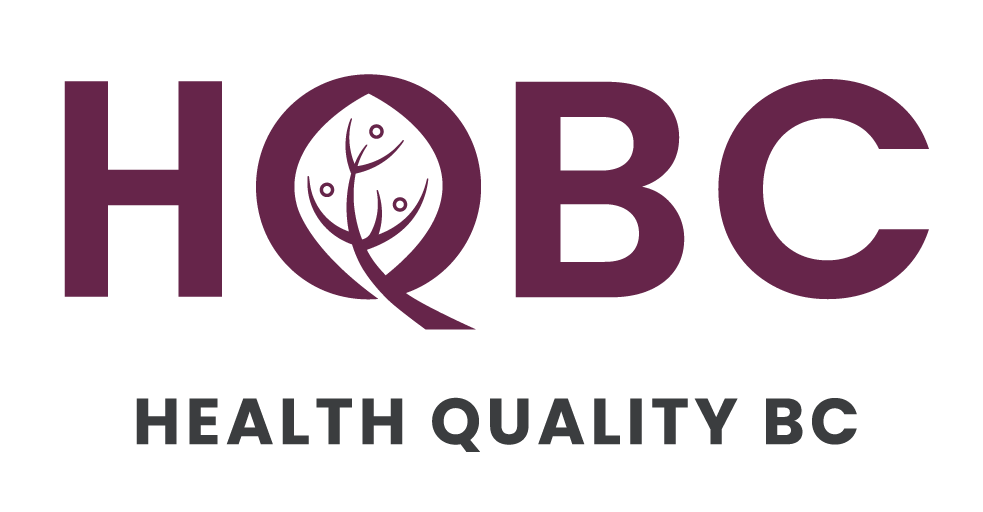This award was formally named “Coping with End of Life”. Our Excellence in Quality category names changed in 2020 to reflect the updates to our BC Health Quality Matrix. Visit our Categories and Criteria page to find out more.
The remote and rural community of Fraser Lake does not have a hospice house, a long-term care facility, a hospital, or even a 24-hour health centre. But it does have a successful home palliative care service provided by an interdisciplinary team that includes physicians, nurses, a dietician, an occupational therapist, pharmacists and a long-term care assessor. Local clergy and funeral care providers are part of the larger community team and hospice volunteers sit with patients so that their family caregivers can have some respite.
Since 2011, the service has kept the majority of palliative patients in the Fraser Lake area (a region of 3,000 people) comfortably at home during their final months of life. This has been accomplished by providing advance planning, extensive interaction with clients and families, fundraising for needed equipment, and the development and ongoing maintenance of relationships with community stakeholders. Bereavement care is provided as well.
Key to the success of this quality end-of-life care program has been the development of a local patient registry, which identifies those in need early in the disease process. Doctors and nurse practitioners regularly review their chronic disease patient lists to flag patients who may die within the next 6-12 months.
Once patients have been identified, the primary care provider initiates advanced care planning and do-not-resuscitate (DNR) discussions with a patient and his or her loved ones. After a patient and family have decided to move from curative to palliative care, discussions centre around comfort measures and how to improve quality of life. The patient’s electronic medical record is set up with the necessary documents, including DNR and palliative care registration forms that are flagged for renewal as needed.
Next, a health care practitioner and a registered nurse conduct a home visit with a patient and his or her family. The nurse also arranges further home visits and/or family meetings to get to know the patient and introduce other palliative care team members. The visits allow the patient and family to get to know the healthcare professionals who will be helping them, which establishes trust and reduces anxiety, and helps care providers identify their needs.
Visits include patient-specific education and training for family care providers who will support their loved one at home. This can include learning how to help manage pain, how to best position the patient in bed, mouth care, dealing with nausea, and tips to help with shortness of breath.
The patient and family are also loaned equipment to assist care in the home. The team has successfully fundraised to purchase supplies like an IV medication pump, electric hospital beds, commodes, and special mattresses. Community volunteers have also been trained to come to a patient’s home to help set up hospital beds.
A palliative care home manual allows for medication documentation. The team encourages family members to write down burning questions or anything that needs clarification. There is also a section for professional notes where care team members can leaves notes on each visit (how family questions were answered, documenting observations, leaving notes on the care plan, etc.).
A palliative care home manual is an information guide for the patients and their families that covers a range of topics, including setting up the patient care room, managing and to bereavement care. The team encourages family members to write down burning questions or anything that needs clarification. There is also a section where care team members can leave notes on each visit for each other (like how family members’ questions were answered, documenting observations, leaving notes on the care plan, medication documentation, etc.).
A patient’s care plans and advance directives are always shared ahead of time with the region’s local hospitals so that patients can more easily access these facilities. A form is completed by a doctor prior to an expected death, verifying that the death was natural and permitting a funeral home to remove the body. Having documentation in order is especially helpful for remote communities where nurses or physicians may not be available to visit a home until many hours after death.
Over the past five years, the palliative program has helped, on average, five clients a year. The overall focus of the Fraser Lake palliative care program is on achieving comfort and ensuring respect for the person nearing death and maximizing quality of life. Involving patients and families early in the palliative journey has been an important factor to ensure care is respectful to patient and family needs, preferences and values. The team has shared or will be sharing information on its end-of-life care approaches with the Southside Health Centre (south of Burns Lake), home care nurses in Burns Lake, as well as care providers in Fort St. James.

